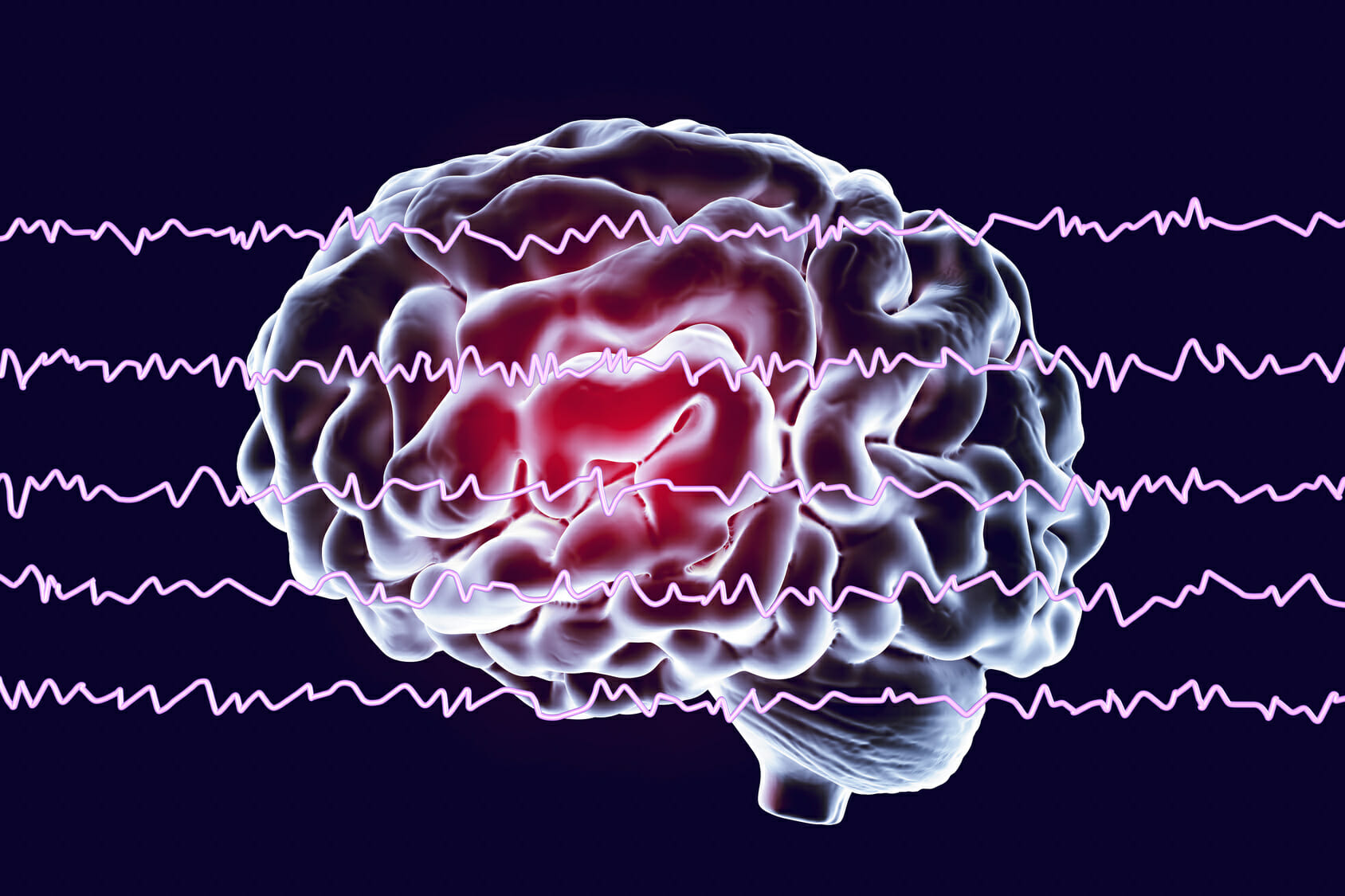Harnessing the Power of Bio Feedback to Revolutionize Chronic Discomfort Management and Enhance Standard of Life
Harnessing the Power of Bio Feedback to Revolutionize Chronic Discomfort Management and Enhance Standard of Life
Blog Article
Chronic pain is a syndrome that affects countless of individuals around the globe. It can be triggered by multiple factors, including injuries, illnesses, or even stress. For many patients, managing chronic pain can be a constant struggle that affects their standard of life. Conventional treatments often include medications, physiotherapeutic therapy, and sometimes surgery. However, these approaches do not always offer the alleviation that patients desire. Lately, biofeedback has emerged as a potential alternative for controlling chronic pain and improving overall health.
Biofeedback is a technique that educates individuals how to manage certain bodily processes by utilizing indicators from their own bodies. This approach involves employing sensors that monitor physiological responses such as heart rate, muscle tension, and skin temperature. By offering immediate feedback, individuals can discover to recognize their body's reactions to pain and stress. This awareness allows them to formulate strategies to manage their pain more efficiently. For example, if a patient notices that their muscle tension rises when they are in pain, they can practice relaxation strategies to help reduce that tension.
One of the primary benefits of you can try these out biofeedback is that it empowers patients to take an active role in their pain control. Instead of depending solely on drugs or treatments from medical providers, patients can learn to understand and control their own bodies. This sense of control can lead to increased confidence and a more positive outlook on life. Many patients report feeling more in charge of their pain and less like sufferers of their syndrome. This change in perspective can substantially improve their standard of life.
Studies has shown that biofeedback can be effective in reducing chronic pain symptoms. Research suggest that individuals who employ biofeedback methods often undergo less pain and better physical ability. Additionally, biofeedback can help lessen anxiety and stress, which are frequent concerns for those dealing with chronic pain. By tackling both the physical and psychological aspects of pain, biofeedback provides a comprehensive approach to pain control. This integrated method can lead to superior outcomes for individuals, allowing them to engage more fully in their daily activities.
In conclusion, biofeedback is a valuable tool for transforming chronic pain management. By teaching individuals to understand and control their physiological responses, biofeedback empowers patients to take control of their pain. This method not only helps alleviate pain but also improves overall standard of life. As more people seek alternatives to traditional pain management methods, biofeedback emerges as a promising option. With ongoing investigation and recognition, biofeedback could turn into an integral part of chronic pain treatment, helping individuals lead healthier, more fulfilling lives.